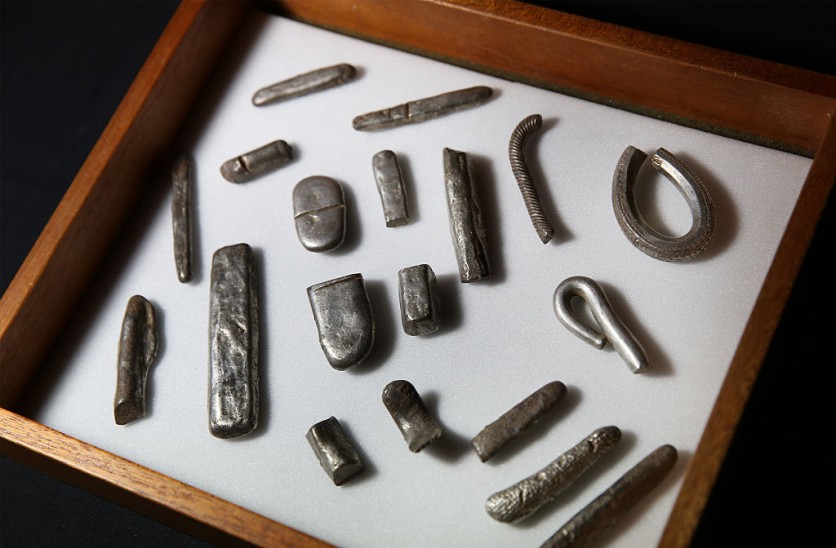A metal detectorist was out and about on a regular day searching here and there at the Kongshaug Plateau in Stjørdal, Norway. But little did he know, he would discover a remarkable find that gives a glimpse of the distant past.
The detectorist, Pawel Bednarski, first found a tiny ring that he thought was just a trivial thing until it brought him to a treasure trove of silver items, including bangles, rings, silver wire, and coins.
These finds were believed to date back to the Viking Age (793-1066 CE), reported first by Heritage Daily.

No Ordinary Finds
Two to seven centimeters of the ground were covered with the objects, according to Bednarski, the pieces were coated in clay, making it difficult to see what they truly looked like.
It wasn't until he got home when he cleaned one of the bangle pieces that he realized his finds were no ordinary ones.
The county municipality archaeologists identified the artifacts after the metal detectorist sent them the pieces for identification, and they determined that the find was from the Viking Age.
As long as the landowner has provided permission, using metal detectors is permitted in Norway. Pre-medieval and medieval artifacts (up to AD 1537) immediately become state property and must be registered under the Norwegian Cultural Heritage Act.
The Ministry may choose to provide a prize that will be split equally between the landowner and the finder, according to Heritage Daily.
The treasure consists of 46 silver artifacts, the majority of which are pieces of hacksilver or hacksilber, which was commonly used as bullion or money in ancient times. In addition to two full finger rings, the discovery also contains Arab coins, a braided necklace, and other shattered bracelets and chains.
Read Also : Archaeologists Discover Signs of Ancient Human Civilization in the Depths of Lake Constance
The Weight Economy
According to NTNU University Museum archaeologist and researcher Birgit Maixner, the discovery dates to a period when silver coins were measured and used as a form of payment.
This system, known as the "weight economy," was in use during the transitional period from the older barter economy to the coin economy.
Although the hoard's origin is unknown, it's possible that the owner buried them with the purpose of recovering them in the future.
However, before retrieving the treasure, the hoarder may have passed away or was unable to do so for other reasons, such as amnesia or physical displacement from its site.
"We can see that the owner prepared himself for trading by dividing the silver into appropriate weight units. The person in question had access to complete broadband bracelets, a primary Danish object type, which could indicate that the owner was in Denmark before traveling up to the Stjørdal area," Maixner said in a statement, quoted by Heritage Daily.
Related Article : Archaeologists Find Possible Remnants of Medieval Thames River Under the Palace of Westminster

ⓒ 2026 TECHTIMES.com All rights reserved. Do not reproduce without permission.




